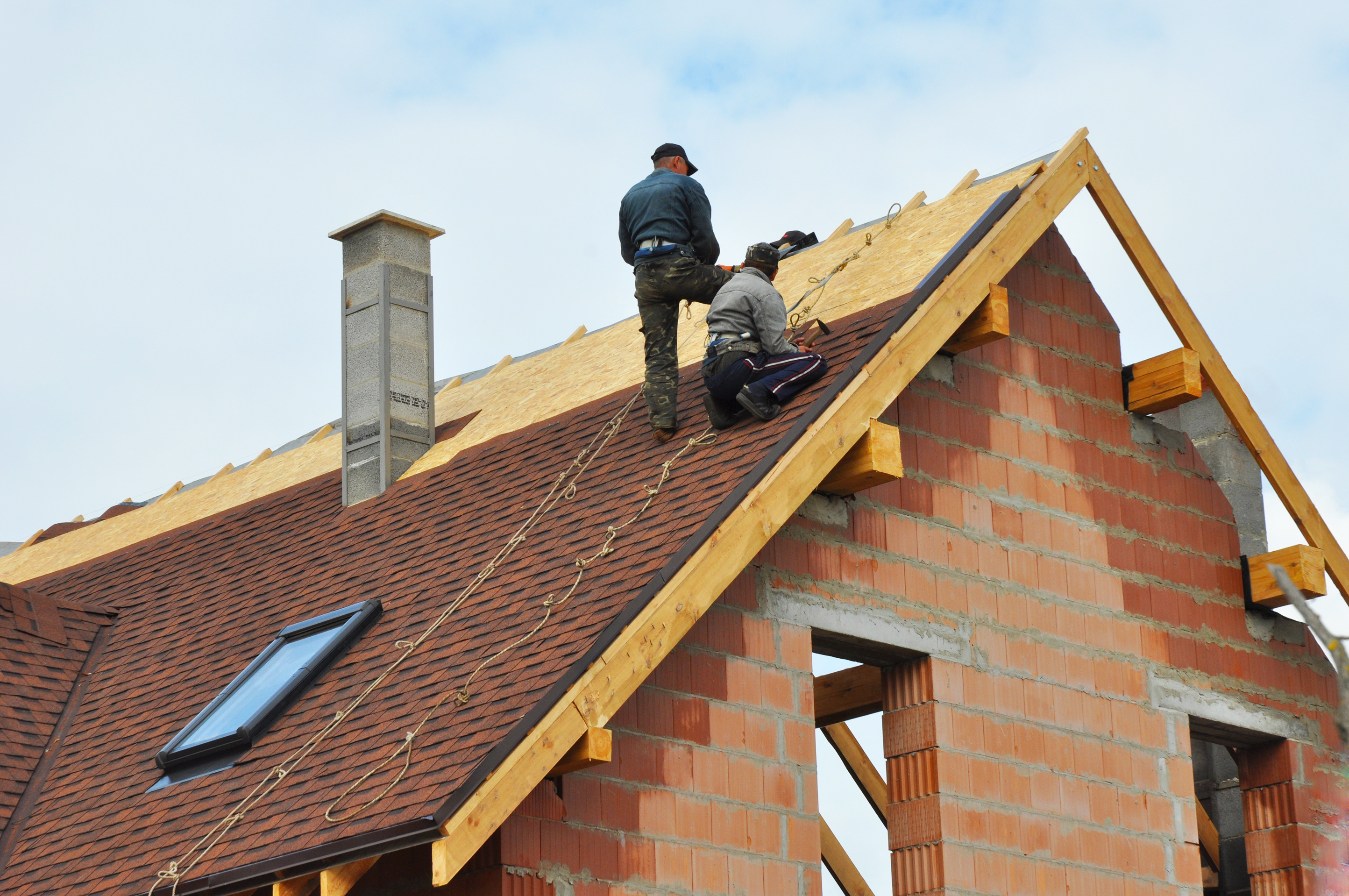Reviewing the Solutions Provided by Roofing Companies in Gainesville Florida
Reviewing the Solutions Provided by Roofing Companies in Gainesville Florida
Blog Article
Finest Practices for Ensuring Appropriate Roof Covering Ventilation
A balanced intake and exhaust vent ratio, typically 1:300, plays a crucial role, with consumption vents preferably positioned at the reduced side of the roof for amazing air entry and exhaust vents at the optimal for warm air exit. Keeping insulation away from vents is important to protect against air flow restriction.
Understand Ventilation Fundamentals
Appropriately comprehending ventilation fundamentals is important for making sure the long life and efficiency of roof. Efficient air flow reduces wetness build-up and temperature extremes in the attic room, both of which can lead to significant structural damage gradually. A well-ventilated roofing assists in preventing common issues such as mold development, timber rot, and ice dams, which can endanger the honesty of the roofing materials and the underlying structures.
The primary objective of ventilation is to help with the motion of air, enabling a consistent exchange between the interior and exterior settings. This equilibrium is attained through a combination of consumption and exhaust vents that collaborate to keep optimal airflow. Intake vents, commonly located along the eaves or soffits, permit fresh air to go into the attic room room, while exhaust vents, commonly situated at or near the roof ridge, make it possible for warm, moist air to run away.
Secret factors affecting the performance of roofing ventilation include correct placement, ample sizing, and ensuring that both intake and exhaust vents are unhampered. Normal assessment and maintenance are crucial to determine potential blockages, damage, or inefficiencies in the air flow system, thereby protecting the roof's performance and resilience.
Kinds Of Roof Covering Vents
Roof vents play an important duty in preserving effective attic room ventilation and, by expansion, the total health and wellness of the roof. Numerous sorts of roof vents are readily available, each with one-of-a-kind benefits customized to certain roof demands. Ridge vents, as an example, are mounted along the roof's height, enabling warm, moist air to run away from the attic room. They offer constant ventilation and blend effortlessly with the roofline, making them both reliable and visually pleasing.

Soffit vents are installed under the eaves and job in tandem with roof covering vents to make certain a well balanced intake and exhaust system. By permitting cooler air to get in from below, soffit vents assist in the expulsion of warm air with upper vents. Gable vents, located on the outside wall surfaces of the attic room, deal one more effective remedy, particularly in homes with saddleback roofs.
Examine Your Present Air Flow

Following, take into consideration the age and condition of your roof covering products and air flow elements. Older systems may not abide by present structure codes or might have weakened gradually, minimizing their effectiveness. Conduct a comprehensive examination to identify any type of indicators of deterioration, such as corrosion, damage, or spaces that might compromise the system's efficiency.
In addition, gauge the attic room temperature level and humidity degrees. High temperatures and moisture can suggest poor ventilation - gainesville roofing companies. Make use of a hygrometer and thermostat to acquire exact analyses, comparing them with outdoor conditions. Consistent discrepancies suggest prospective issues that require addressing.
Installation Best Practices
Reliable setup of roofing air flow systems is extremely important for making certain optimal performance and durability. Correct installation starts with comprehending the certain air flow requirements of the roof and the find more building it covers. This involves computing the right proportion of intake to tire vents, usually sticking to the 1:300 guideline, which states one square foot of ventilation for every 300 square feet of attic floor area.

Consumption vents need to be installed at the roofing's lower edge, commonly in the soffits, to permit awesome air to enter. Exhaust vents, on the various other hand, ought to be set up near or at the roofing's top to assist in the leave of cozy, wet air.
Seal all air vent links carefully to avoid air leakages and potential water infiltration. Usage high-grade materials and follow maker guidelines to make sure longevity and performance. Furthermore, incorporating ridge vents with baffles can significantly enhance air flow efficiency by avoiding wind-driven rain and snow from entering the attic.
Ultimately, precise setup of roofing air flow systems alleviates potential concerns such as mold growth, ice dams, and structural damages, guaranteeing the roofing system's integrity and the structure's total wellness.
Normal Upkeep Tips
Uniformity in maintenance practices is fundamental to making sure the lasting performance of roof covering ventilation systems. Routine assessments are vital, preferably carried out biannually-- in the spring and loss. Throughout these inspections, guarantee that vents are without debris, nests, and various other obstructions that can restrain air flow. Look for any signs of wetness buildup or mold, as these can indicate inappropriate ventilation or leaks (roofing companies in gainesville florida).
Use a soft brush or a vacuum cleaner to get rid of dust and debris from consumption and exhaust vents. Be cautious not to damage the air vent screens or louvers during the procedure.
Proper insulation is similarly important. Make certain that attic insulation does not block the vents, as this can drastically limit air movement. Rearrange or change it to preserve an effective barrier. if any type of insulation has actually changed check my reference or cleared up.
Lastly, change any harmed or missing elements without delay. Damaged vents, split roof shingles, or worn-out blinking can all add to poor air flow and should be dealt with without hold-up. Normal upkeep guarantees that the roofing ventilation system functions optimally, therefore prolonging the life-span of the roofing system itself.
Verdict
Making sure correct roof ventilation is critical for maintaining the efficiency and resilience the original source of a roof. Adherence to the 1:300 consumption and exhaust air vent proportion, combined with the tactical placement of vents, is necessary. Regular semiannual assessments, debris cleaning, and ensuring insulation does not block airflow are vital practices. Applying these finest methods will certainly foster a well-ventilated roof, thus mitigating potential concerns related to moisture buildup and too much warmth, ultimately lengthening the roof covering's life-span.
A well balanced intake and exhaust vent proportion, generally 1:300, plays a critical duty, with consumption vents ideally positioned at the reduced edge of the roof for amazing air access and exhaust vents at the peak for warm air exit. Intake vents, normally situated along the soffits or eaves, permit fresh air to enter the attic room, while exhaust vents, typically situated at or near the roofing ridge, make it possible for warm, damp air to get away.
Soffit vents are mounted under the eaves and job in tandem with roof covering vents to ensure a balanced intake and exhaust system. By allowing cooler air to enter from below, soffit vents help with the expulsion of warm air through upper vents. Adherence to the 1:300 intake and exhaust vent proportion, coupled with the critical placement of vents, is crucial.
Report this page